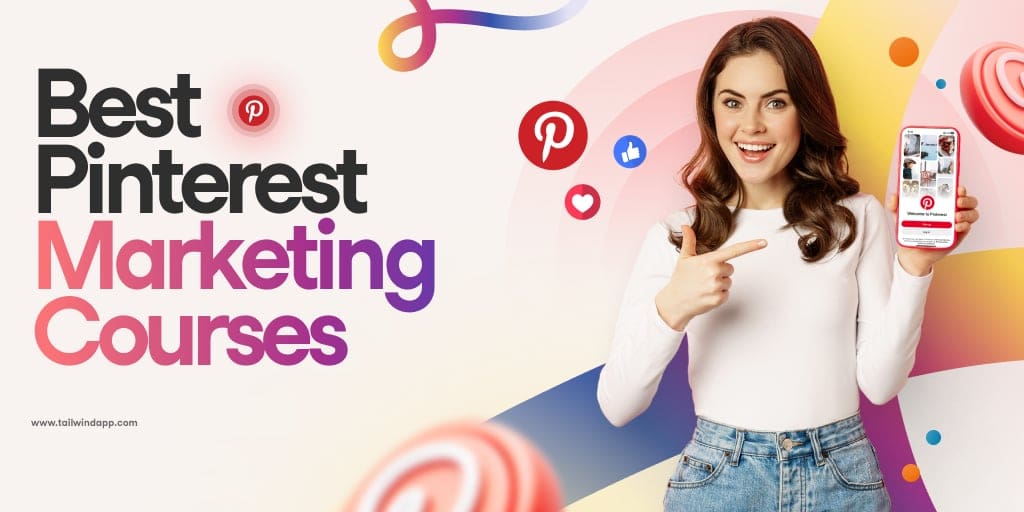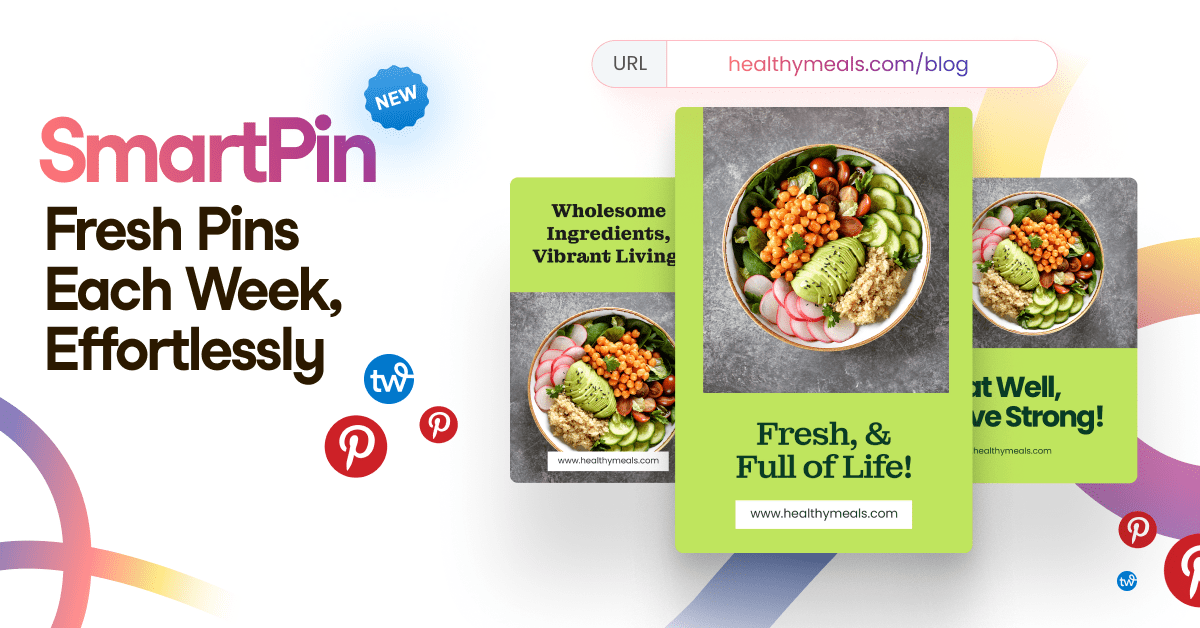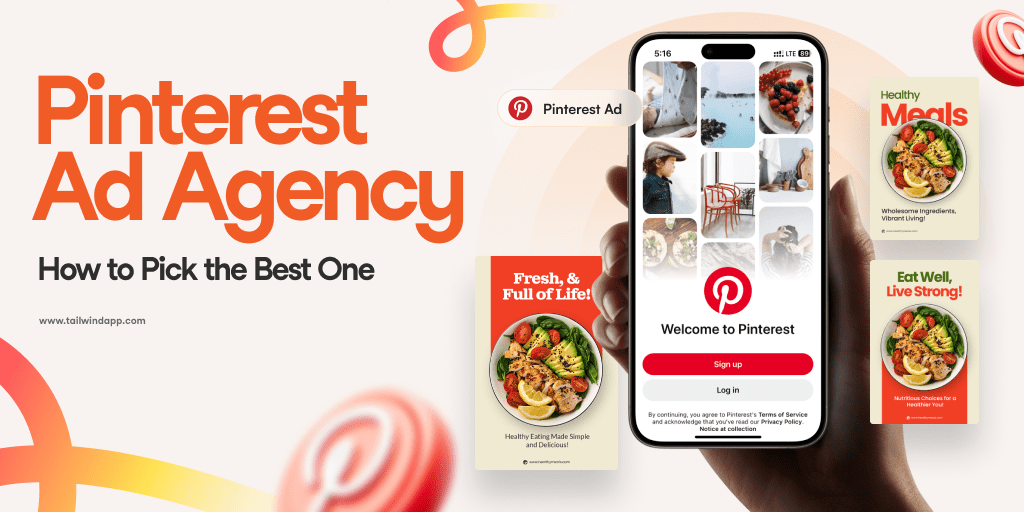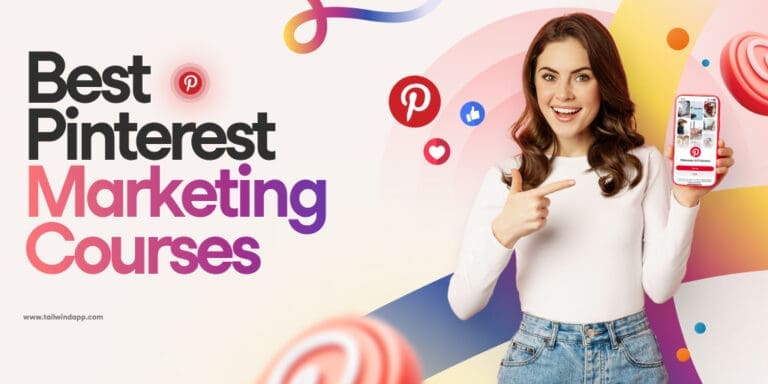With 1 billion active monthly users, Instagram is the place where people go to learn about new and exciting things, including businesses and brands! In fact, about 60% of people who use Instagram discovered new products and brands, meaning that your business has an amazing potential to be discovered by the right audience!
If your business does well on Instagram, but you’d like more exposure for your content, maybe it’s time to consider advertising on Instagram.
It’s natural to wonder if it will be worth it to invest time and money on advertising on Instagram. The short answer: Yes!
In the next few minutes, we’ll examine how Instagram advertising can work for you. We’ll cover the different types of ads available and feature examples of creative to use for those formats, how to set up a budget, target the right audiences, and finally tracking your success!
Will Instagram Advertising Work for Me?
When starting out on Instagram advertising, you might question if your business is a good fit for the platform. Instagram can work for a large variety of businesses, and can be especially effective for:
- Product-based business: such as those that sell physical products like clothing, and food
- Professional service businesses: such as marketing consulting, landscaping, and real estate
- Technology businesses: such as software companies (like Tailwind!)
Important note: Since Facebook acquired Instagram back in 2012, you will need to create a Facebook Ads Manager account in order to create an ad on Instagram. If you haven’t done this already, we have a blog post that can guide you through the simple process! You’ll also need to have an Instagram Business account.
Advertising on Instagram – What’s My Goal?
In order to really succeed at Instagram ads, you have to set up the right foundation. Before you start creating an ad, ask yourself “what is my ultimate goal here?” Behind every advertisement you’ve seen while scrolling through your Instagram feed is a business objective or business goal. They are categorized as the following:
- Awareness
- Consideration
- Conversion
When to Choose Awareness – Say, for example, you just opened an online clothing boutique. In the beginning, you’d want as many people as possible to start seeing your brand and learning about the type of clothes you sell. Why? Because the only way people will ever complete a purchase is if they know who you are and what you sell. This would fall into the Awareness category.
When to Choose Consideration – After introducing people to your boutique, you’ll want to start getting sales, but not everyone is immediately ready to buy. So continue to pique their interest by giving them something to consider. For example, you can try driving them to your website with a video of your new clothing collection, or a blog post about current fashion trends. These efforts would then fall under the Consideration category.
When to Choose Conversion – Say it’s been a few months, your business has started to gain traction and you’ve gotten quite a bit of following on your Instagram business account. Your goals may have now shifted to a desire to showcase your products, special promotions, and the like in order to increase your sales. At that point, you’d want to create ads that fall under the Conversion category.
Choosing a Format for Your Instagram Ad
Instagram is first and foremost a visual social networking platform where images create and tell stories. And keeping that in your mind when planning your Instagram advertising will help you to understand why certain ads will work better for your business than others.
Singe Image Link Ad – this is an easy to create ad composed of an eye-catching image showing your product or service with strong and well-written caption and link to your site. It works super well if you have one particular message you are trying to get across to your audience.Video Ad – a growing favorite format amongst advertisers, you can really show a lot with video! Instagram video ads are up to 60 seconds in length and like single image ads, you can add a link and caption. If you sell a product that has a special “Wow!” feature, you’d want to consider creating a video showing it in action to really drive the point across to your audience.Carousel Ad – this fun multi-media ad format is a great way to condense of a lot of things into one ad! They work really well for showing a collection of items, and can link to different locations on your website!Slideshow Ad – Think of an automated version of a carousel for this format. It is composed of up to 10 images that display on loop. So now, instead of a user having to scroll across the screen, the ad automatically rotates through the images. If you’re not quite ready to dive into video production, a slideshow ad is a nice way to get some thumb-stopping movement into your ad!Story Ad – the newest and one of the more immersive types of ad formats! Instagram launched the Stories feature back in August 2016 but more recently opened stories to advertisers. Story ads do just what their name says, they create stories. Anything from vertical imagery, to videos or a combination of both! Additionally, you can be more authentic with story ads as they naturally fit into a landscape filled with a users’ day-to-day story feed that can consist of family, friends, bloggers they follow and the like.
Important note: Each ad format requires its own creative specifications so you will want to take a moment and learn them by reviewing Facebook’s Ad Guide. Click through the different format to see the specifications.
How Much Should I Spend on Instagram Ads?
Ah, here comes the part many advertisers still find themselves scratching their heads at. “How much should I really be spending on Instagram ads?” As a beginner on Instagram advertising, it’s important to nail down these details to really set yourself up for success. Truth be told, it comes down to understanding the value of your own product or service, your customer and what you are able to spend to acquire them at the end of the day and still turn a profit.
Instagram advertisers can start with as little as $5/ day, and the cost of your ads is determined by impressions (the number of times your ad appears in a users feed or stories). You can make adjustments to increase or decrease your ad spend based on the performance of your ads. But to really get a tangible number, we think this nifty formula can help you out!
CPA = Total Ad Spend/ Total Conversions
CPA (Cost per acquisition; cost per action) is what you will pay for a completed action such as a sale. By being able to get to that number, you can determine whether or not the amount you are spending on ads will yield a return on your investment. Here are two examples for comparison:
- You sell vintage t-shirts online for $25 each. You ran an Instagram ad for one month and spent $1000. In one month, you made 40 sales.
- On average, each of your customers buys three shirts. That would bring your customer value at $75.
- In this scenario: $1000/ 40 would give us a CPA of $25.
This would a good situation in which your CPA is lower than the value of your customer! You’d want to continue to run this ad. Now for the second scenario:
- Same deal, you sell vintage shirts online for $25 each. You ran an Instagram ad for one month and spent $1000. However this time you only made 13 sales.
- Your customer buys three shirts on average, bringing their value to $75 for each customer.
- $1000/13 would give us a CPA of $76.92. Yikes!
This would be a situation in which your CPA is higher than the value of your customer. You’d want to consider turning this ad off. Another good rule of thumb is to keep track of your other ad metrics such as CPC (cost per click) and CPM (cost per impression) as these can be good indicators whether or not your ad will be successful!
How to Connect with Your Customers Through Instagram Ads
Did we forget to mention you need to have a psychology degree in order to advertise on Instagram, too? Well no, you don’t! But there is some level of understanding your customer that definitely comes into play.
In order to make sure your Instagram ads reach the exact right audience you want, you’ll want to take advantage of Instagram’s targeting options. These include:
- Location – If you own a physical storefront in a certain area then you most likely want to attract potential customers in the nearby radius, cities and even state!
- Interests – Like getting to know someone, think about the types of things that your customer likes. If you sell organic dog treats, targeting interests such as “Dog Owner”, and “Organic Dog Food” would make sense.
- Behavior – Here you can define your audience based on activities they perform on Instagram such as purchase behavior and device usage.
- Demographics – You can narrow in on a specific grouping within an audience by age, gender, and language. If your business caters solely to women in their twenties (for example), this type of targeting could work for you!
- Custom Audiences – This level of targeting lets you connect with your existing customers on Instagram. You can upload information like email addresses and phone numbers which Instagram will attempt to match to users.
- Lookalikes – Based on custom audiences, this is a powerful targeting measure that lets you new people who are most similar to your existing customers. You can use your customer email list to create lookalike audiences.
Really utilizing audience targeting for Instagram advertising will help you connect with the right people and can save on advertising budget if done correctly. But there is not an exact science behind it. More often than not, you will have to try this a few times when you are beginning at Instagram ads so don’t beat yourself up! Depending on your business type, you may want to consider trying a variety of these targeting options. And to really get a good idea of what works for you and what doesn’t, perform tests of one type of targeting against the other.
How Do I Set Up an Instagram Ad?
You’re ready! Following these five step-by-step, you will be able to create your very own Instagram ad! But to do this, we’ll actually need to hop over to Facebook Ad Manager.
When you first start, you’ll select “Create A New Campaign” in Facebook Ads Manager which will then show you various tiers that make up a campaign.
This is essentially the composition of an Ad Campaign which we will walk through setting up next.
1. Campaign (select your objective)
2. Ad Set (Audience, Placements, Budget & Schedule) You also can create multiple ad sets, targeting different
3. Ad (Ad format, Creative and Copy)
1. Choose Your Objective
Sound familiar? When you create a new campaign, the very first thing that you will need to do is select either Awareness, Consideration, or Conversion. Campaigns can only have one objective, so be sure to select the one that best matches what you are trying to achieve.
2. Define Your Audience
Now that you are in Ads Manager, you will have the opportunity to select various options and create an audience for your ad. The first selection you’ll encounter are Custom and Lookalike Audiences. However, if you are just starting at Instagram ads, you may not have those built out yet and can move on to Location, Demographics and Detailed Targeting.
When you arrive at the Detailed Targeting section, that is when you can get to the nuts and bolts of building the audience. There you will be able to choose to target people based on Interests and Behaviors.
3. Choosing Instagram Ad Placements
This may sound foreign to you. “Isn’t my ad going to be shown on Instagram?” but really Facebook Ads Manager won’t know to specifically show your ad on Instagram until you tell it to. Select Instagram and the different locations on Instagram such as Newsfeed and Stories. Keep in mind, depending on the type of ad format you chose to create I.E. a carousel, you may be limited to where the ad will be shown. Some placements cannot support certain types of media and will need there own specific creative.
4. Set Your Budget
If you already figured out your CPA and budget, great! If not, now is the time to go back and think about the section in which we covered budgeting. You’ll want to select either a Lifetime or Daily budget. Lifetime simply means the total amount you will spend on your ad campaign. Whereas Daily means the average amount you will spend each day on your ads.
Another thing to keep in mind is if for example, your ad campaign contains a limited-time offer, you may want to run your ad on a schedule and allocate budget only for that time frame. But if your ad does not contain time-sensitive promotions, perhaps a Daily budget would work for you!
5. Create Your First Instagram Ad
Finally, comes the fun part! Creating your very first ad! Choose a name that is easily identified for when you go back later to check in our your ad results. From there you can choose the Ad Format that you would like to create. Each ad format does require specific ad creative specifications so be sure to review the Facebook Ad Guide.
Once you added your imagery or video, you will be able to add in a caption. Tip: compelling copy will drive home the point in the first line or a couple of words. Also, keep them short! Remember, people are scrolling their feed quickly.
After you added your caption, you can include a link and CTA (call to action) Button that could be anything from Shop Now, Learn More, Download etc. Choose a CTA that matches the action someone will take on your ad. For example, “Shop Now” for purchasing a product or “Learn More” for a blog post.
Last but not least, take some time to really review everything! Ensure that you didn’t misspell anything, click back to see if you selected the right placements, didn’t miss any targeting options, etc. A few minutes to check your work could save you a lot of time wasted on rework!
Congratulations on setting up your first Instagram ad!
Are My Instagram Ads Working?
After working hard to understand Instagram advertising and setting up your first Instagram ad campaign, you’ll want to see the result of your efforts. Head back into the Facebook Ads Manager platform. Here’s what you’ll be looking for:
- Impressions (the number of views your ad receives)
- Click (The number of clicks your ad is receiving)
- Cost per acquisition or Cost per result CPA (the amount that you are paying to elicit the desired action (purchase, signup, etc.))
Select the metric that makes the most sense based on your overall campaign objective. For example, if you are selling fashion accessories, you’d want to see what your CPA is. At this point, you can see if your ad was successful or unsuccessful based on the budgeting and CPA goals that you made for yourself. So, how did you do?
Additionally, now you can begin ad optimization which consists of testing different ad formats, placements, ad creative, and copy. If you have set up multiple ads, you can move budget from low-performing campaigns to higher-performing campaigns and really begin to scale.
In Conclusion: Instagram Ads for Beginners gave you a view into…
- Instagram ad formats used by advertisers and some examples for each so you can choose which one works for your business
- Learning how to nail down a business goal – Awareness, Consideration, or Conversion – in order to effectively set up an ad campaign to accomplish that goal
- A quick tip and formula to help you establish a budget for your Instagram advertising
- Ways that Instagram helps you find your audience and connect with them in a meaningful way
- An easy 5 step process to walk you through setting up your very first Instagram ad campaign
- Using Facebook Ads manager to find and understand the metrics that mean the most for the ad campaign
We hope that you found this information useful and will take your learnings to create more and more successful Instagram ads! If you need more tips and tricks for growing on Instagram, you can see more resources here on the Tailwind blog!

Pin me:

















